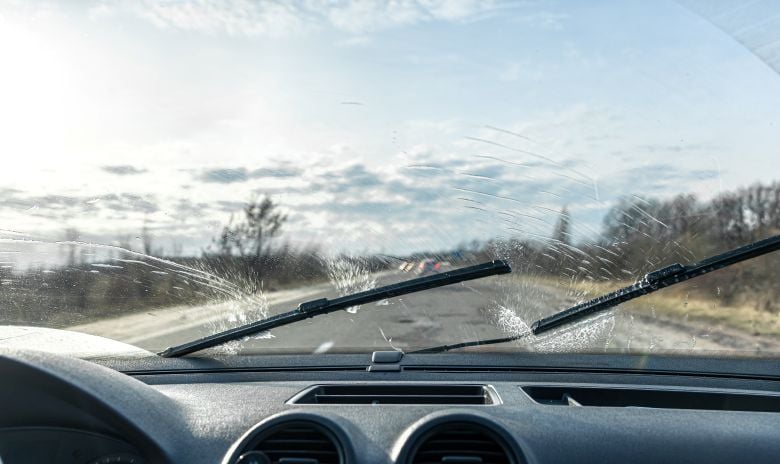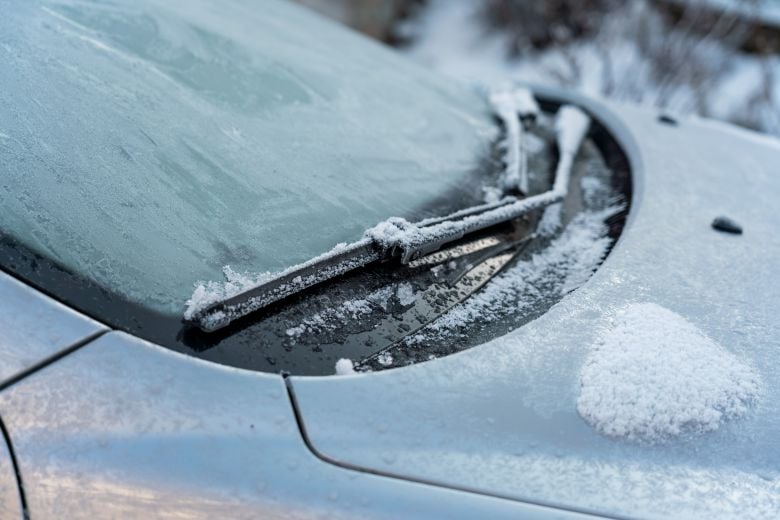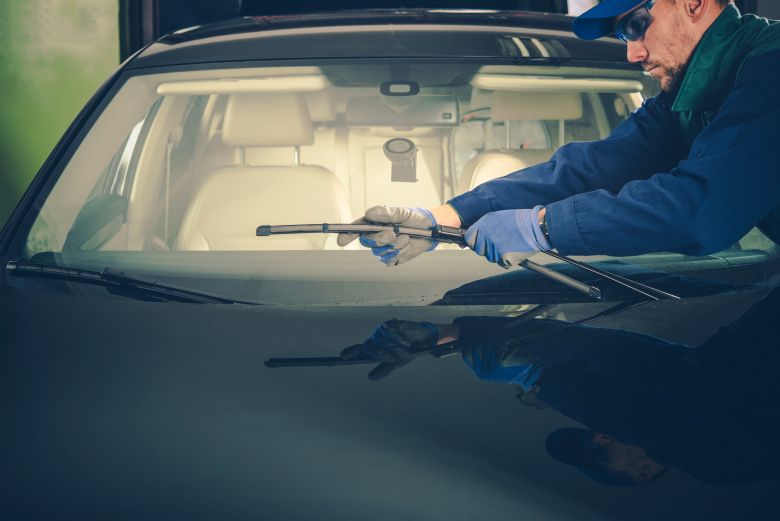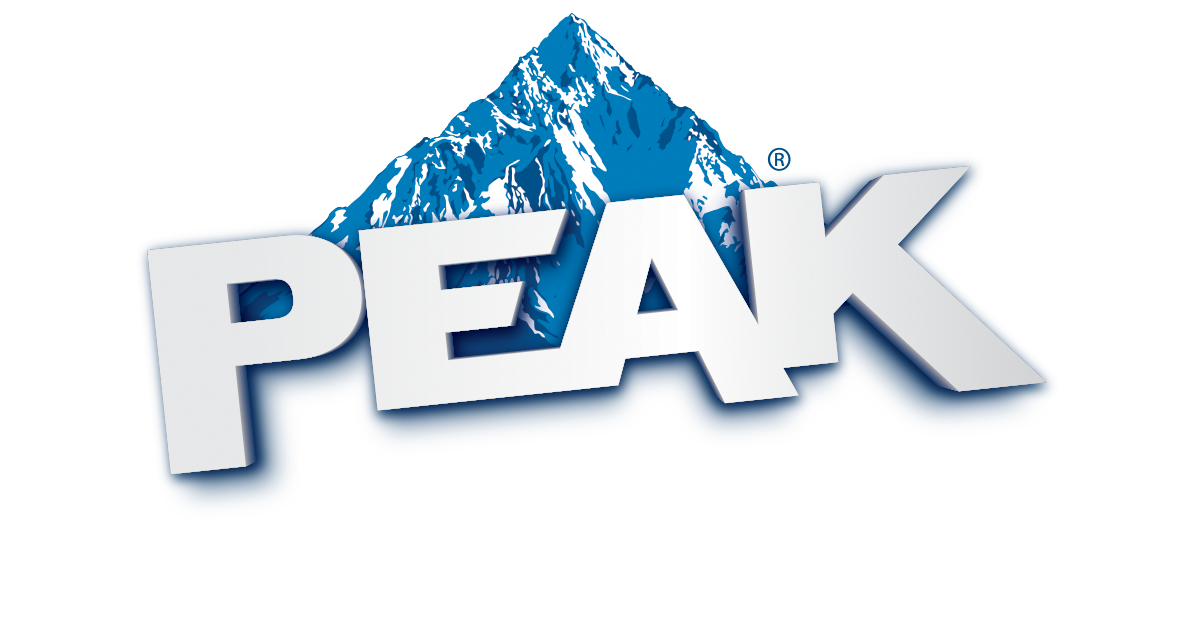
How to Extend the Life of Your Windshield Wipers
- Vehicle Maintenance
- PEAK
- November 11, 2024
Windshield wipers play a huge role in maintaining visibility during bad weather. Research from the Federal Highway Administration (FHWA) shows that 47% of weather-related accidents occur during rainfall, and that low visibility is a factor in nearly 39,000 crashes each year.
With winter on the way, now is the time to learn how to make your windshield wipers last longer. It's also a great opportunity to review some best practices for blade care with the help of Old World senior product manager, James Croston.


How long do windshield wipers last?
"OWI recommends changing your wiper blades every six months," James says. "Unfortunately, most drivers do it far less often." According to American Automobile Association (AAA) research, the average motorist only changes their blades once every three years.
James echoes AAA guidance in emphasizing that you should change your wiper blades at the first sign of wear. However, he also recognizes that for many drivers, windshield wipers are an out-of-sight, out-of-mind kind of thing.
"You'll be driving to work at eight or nine in the morning, it'll be pouring rain, and you'll notice that your wiper blades are horrible," James says. "You'll think, 'Oh, I've got to get new wipers.' But then you come out of work at five or six o'clock, the sun is out, and you forget all about it."
James urges drivers to take action as soon as they notice a drop-off in wiper blade performance. "You want to avoid that dangerous situation where it's pouring rain or snowing and your wiper blades are streaking so badly that you can't see," he says.
How to make windshield wipers last longer
Wiper care basics emphasize these key principles for extending the lifespan of your blades:
- Try to avoid parking in bright, direct sunlight, as it can cause the rubber wiping element on your blades to harden and crack.
- Keep your reservoir filled with high-quality windshield wash.
- Be careful when using a scraper to remove frost or ice from your windshield on a cold day, as you can damage your blade arm and its rubber wiping element if the scraper makes rough contact with your wipers.
- When parked overnight in sub-zero weather, lift the wiper blades off your windshield to prevent freezing.
James points out two other things you can do to make your wiper blades last longer. First, choose higher-quality, long-lasting windshield wipers when you buy new blades. Then, perform regular routine maintenance to extend their lifespan.


Go for quality when buying wiper blades
"There's a lot of premium blades on the market with coatings that make the blades last two, three, four times longer," James says. "Coatings really help the blades wipe better with less effort, and that extends their lifespan."
Wiper blade coatings consist of specially engineered and proprietary chemical blends made from agents like silicone, polytetrafluoroethylene (PTFE), and ceramic titanium. They generate specific advantages including reduced friction, quieter performance, and water repellency.
"When you use water-repellent wiper blades, they spread their coatings onto your windshield glass," James explains. "Then, water just beads up and runs off when you're driving in the rain, and the blades need to do a lot less work to maintain visibility."
James encourages consumers who are shopping for blades to consider not only price, but also value. "With wiper blades, you get what you pay for," he says. "You can save a bit up front by buying a cheaper blade, but if you spend a little more, you'll get a blade that works much better and might last another six, seven, or eight months."
PEAK's complete collection of windshield wipers includes multiple long-life product lines with specially engineered coatings that improve performance:
- PEAK Silicone Platinum: Water-repellent silicone and a proprietary talcum coating combine to deliver a smooth, easy wipe. These premium all-season windshield wipers last up to four times longer than conventional blades.
- PEAK Optix and Optix Plus: These blade lines feature synthetic rubber wiping elements, which have superior thermal aging properties and excellent ozone and UV resistance.
- PEAK Mach1 Hybrid: Molybdenum disulfide and graphite coatings make these blades especially good at delivering a smooth, clean wipe in all weather conditions.
- PEAK Snow Beast: Snow Beast blades easily pass punishing tests in sub-zero temperatures, delivering elite performance in extreme winter weather. A PTFE-graphite coating helps them push through snow, ice, and freezing rain with ease.
For further insights on how to select the right blade for your climate and driving habits, consult our windshield wiper buyer's guide.


Maintain your wiper blades with routine care
James says there's one quick, easy task you can perform to extend the life of your wiper blades. "Wipe the rubber down about once a month to get off all the tree sap and bugs and whatever else might be on there," he advises. "Get the cloth wet and soapy using some normal dish soap, and just rub it up and down the length of the rubber."
When you're done, you can give your blades an extra rinse or wipe with water to remove any soap residue that may remain.
James also debunks a common piece of misinformation about windshield care. "The generic advice out there advises people to keep their windshield clean," he says. "A lot of people end up using glass cleaners like Windex. However, Windex has petroleum in it. If you use it on your windshield glass often enough, the petroleum will start eating away at the rubber on your wiper blades, causing premature performance loss."
As an alternative, James recommends using a non-abrasive glass cleaner that contains feldspar or similar non-toxic, chemical-free cleaning agents. "The labs we work with use those types of products to treat glass before conducting tests," James says. "They get glass amazingly clean without scratching or abrading it."
More expert tips for buying and caring for your wiper blades
"Wiper blades are much more complicated than most people realize," James says. "An incredible amount of engineering and technology goes into designing, testing, and manufacturing them."
Small, thoughtful design features like wear indicators can make a major difference when you're behind the wheel. "Our Optix Plus line has a little label on the end cap. You can peel that label off to expose a little black dot," James explains. "Over time, that dot will turn yellow. When it reaches bright yellow, it serves as a visual reminder that it's time to replace your blades."
Drivers also commonly overlook their rear wiper blade, which is every bit as critical as your front wipers. "That 360-degree visibility is very important when you're driving," James emphasizes.
It's wise to establish a habit of changing your rear blade every time you get new front blades. PEAK Rear wiper blades feature a precision wiping edge that maintains excellent rear visibility in all kinds of driving conditions.
Finally, take extra care when removing and replacing your old wiper blades to do it correctly. Proper installation ensures your new windshield wipers will perform well and last longer.
Get PEAK performance from your wiper blades
Not all wiper blades are made equal. James highlights several qualities that separate PEAK wiper blades from the other products on the market.
"A lot of manufacturers have one line of wiper blades with silicone and another line with water repellency," he says. "With PEAK, you can have both. We're one of the only companies that packs both those features in a single product line." That product line is PEAK Silicone Platinum, which delivers top-of-the-line performance.
PEAK also offers many other wiper blades with specific performance characteristics. Spend some time browsing our lineup of long-lasting windshield wipers to find a premium product that perfectly matches your safety needs.

